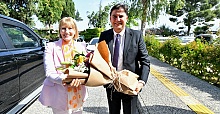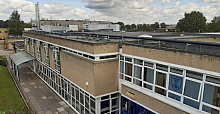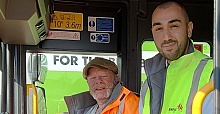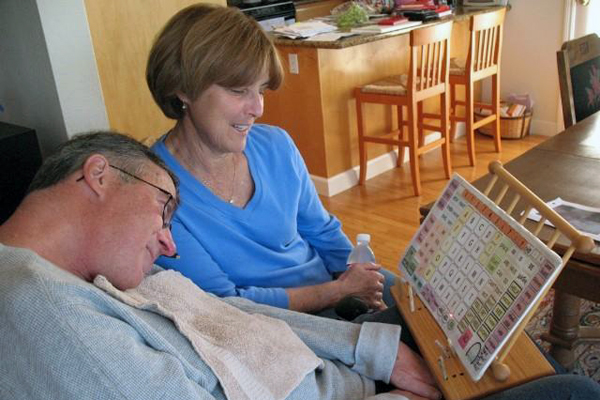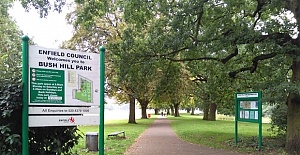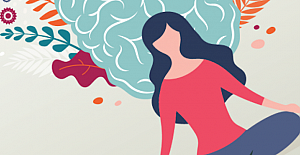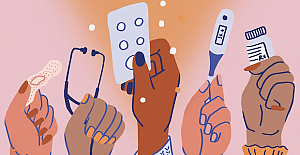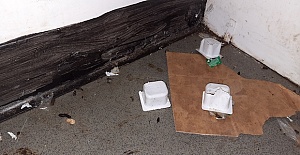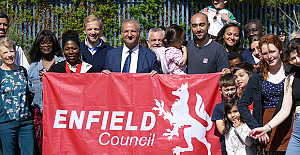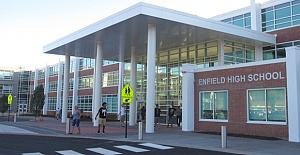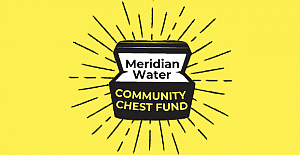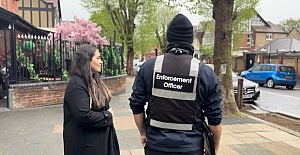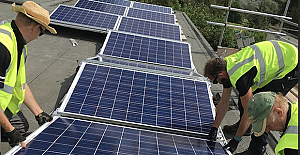It attacks the motor neurons that transmit electrical impulses from the brain to the voluntary muscles in the body. When they fail to receive messages, the muscles lose strength, atrophy and die. ALS can strike anyone at anytime, regardless of age, gender, or ethnic origin. It does not affect the senses, and only rarely does it affect the mind. The equipment costs for each patient average $137,000, while nursing and home care costs can be up to 10 times this amount. The average life expectancy after diagnosis is 3 to 5 years.
Frequently Asked Questions about ALS
Q. Why is ALS sometimes called Lou Gehrig's Disease?
A: Many years ago, Lou Gehrig was known as professional baseball's
"Ironman." With strength, agility, and excellent health, Gehrig had everything
it took to become a baseball legend. At the peak of his career, he was diagnosed as having Amyotrophic Lateral Sclerosis (ALS) and died 2 years later, at age 39.
Q. What are the early symptoms of ALS?
A. ALS usually becomes apparent either in the legs, arms, throat or upper chest area. Some people begin to trip and fall, some lose the use of their hands and arms, some find it hard to swallow and some slur their speech.
Since the disease frequently takes its toll before being positively diagnosed, many patients are debilitated before learning they have ALS. The disease wreaks a devastating effect on patients as well as their families.
As they struggle to cope with the prospect of advancing disability and death, ALS patients may find their financial, physical and emotional resources exhausted. It is a costly disease in its later stages -- demanding both expensive nursing care and equipment.
Q. How do you "catch" ALS?
A. ALS cannot be "caught" - it is not contagious. In 90% of cases, ALS strikes people with no family history of the disease. Only 10% of cases are classified as familial or inherited. It may occur at any age, with the risk increasing as people grow older. However, many people are struck down in the prime of life.
Q. What needs to be done to beat ALS?
A. Although recent research has resulted in significant breakthroughs, more is needed to find a cure, but research costs money.
Q. Is there hope for people with ALS?
A. Yes, thanks to recent advances in research and drug therapies.
Q. What is the ALS Society of BC?
A. Established in 1981, the Amyotrophic Lateral Sclerosis Society of BC is a non-profit society. It was founded by ALS patients, their family members and caregivers, and health care professionals to meet the physical and emotional needs of those living with ALS.
Q. What does the Society do?
A. The ALS Society of BC raises funds for both research and to provide direct services and support to those currently living with ALS.
Until a cure is found, the Society provides patient services to improve the quality of life of those diagnosed with this disease by offering an extensive equipment loan program, support groups, and educational materials.
Patients are referred to the Society by neurologists and other healthcare professionals, particularly those at the ALS Centre at G.F. Strong Rehabilitation Centre. Working together as partners, G.F. Strong team and the Society are dedicated to enhancing each patient's quality of life.
alsbc.ca


 Prime Minister Keir Starmer's 2025 Easter message
Prime Minister Keir Starmer's 2025 Easter message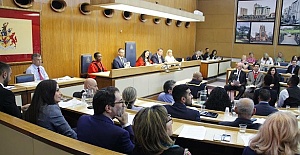 After Nesil Caliskan a by-election will be held in Jubilee ward in Enfield
After Nesil Caliskan a by-election will be held in Jubilee ward in Enfield Publishing the analysis, Labour’s Cllr Ergin Erbil said Everybody in Enfield deserves basic rights
Publishing the analysis, Labour’s Cllr Ergin Erbil said Everybody in Enfield deserves basic rights Gaza-Israel conflict Statement from Cllr Ergin Erbil, Leader of Enfield Council
Gaza-Israel conflict Statement from Cllr Ergin Erbil, Leader of Enfield Council UK AMBASSADOR TO TURKEY VISITS FETHIYE
UK AMBASSADOR TO TURKEY VISITS FETHIYE Journalists from Europe held the Turkish Media Workshop in Skopje
Journalists from Europe held the Turkish Media Workshop in Skopje The European Union called on Turkey to uphold democratic values
The European Union called on Turkey to uphold democratic values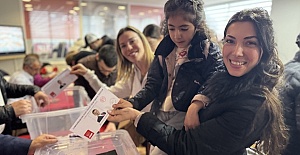 Turkish citizens in London said Rights, Law, Justice
Turkish citizens in London said Rights, Law, Justice The 'Prince of Paris' has impressed in his first EuroLeague season
The 'Prince of Paris' has impressed in his first EuroLeague season Saran Media And Euroleague Basketball Extend Media Rights Partnership for Four More Years
Saran Media And Euroleague Basketball Extend Media Rights Partnership for Four More Years Will Rangers be Jose Mourinho’s next victim?
Will Rangers be Jose Mourinho’s next victim? Jose Mourinho's Fenerbahce face Rangers on Thursday
Jose Mourinho's Fenerbahce face Rangers on Thursday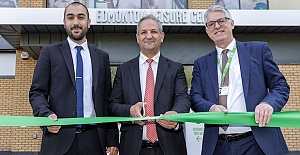 Residents welcomed back to Edmonton Leisure Centre
Residents welcomed back to Edmonton Leisure Centre Barclays has become the biggest UK lender so far to cut mortgage rates
Barclays has become the biggest UK lender so far to cut mortgage rates THE SPRING STATEMENT EXPLAINED, UK ECONOMIC OUTLOOK AND GROWTH FORECASTS
THE SPRING STATEMENT EXPLAINED, UK ECONOMIC OUTLOOK AND GROWTH FORECASTS Launch of Made in Enfield gift shop to celebrate local artists and designers
Launch of Made in Enfield gift shop to celebrate local artists and designers

